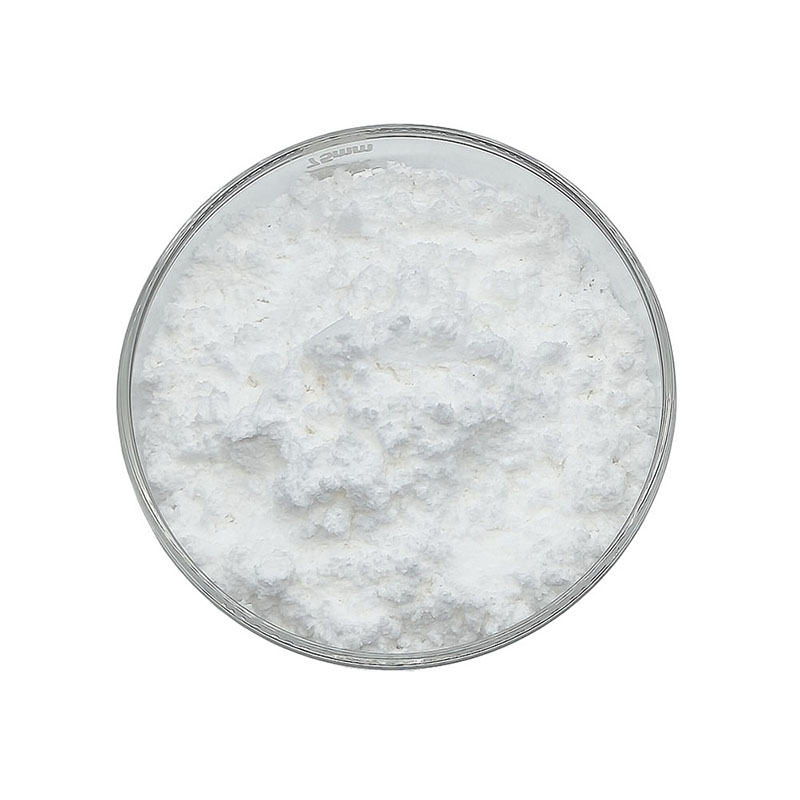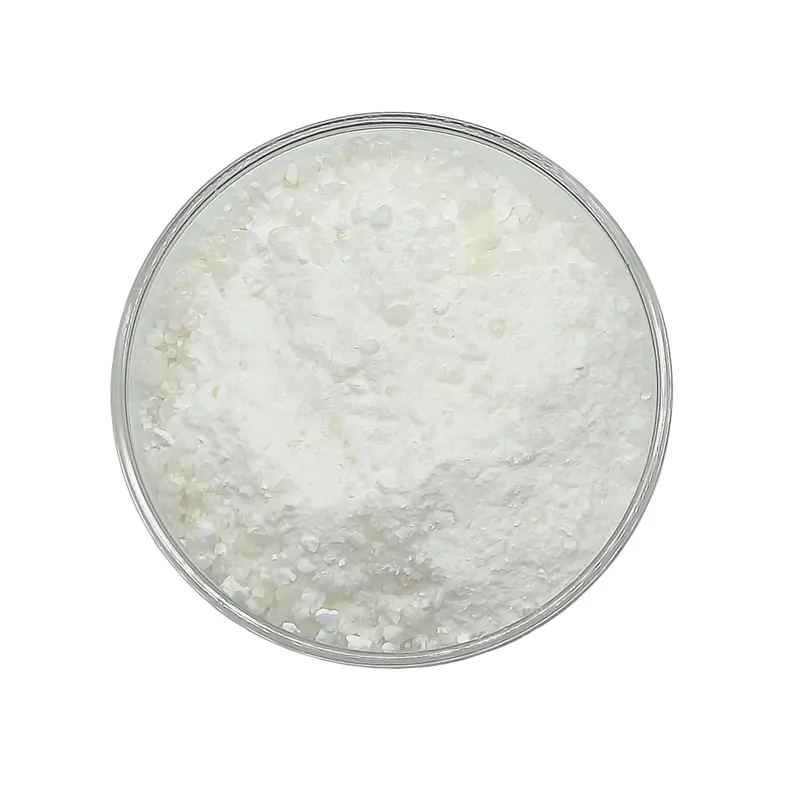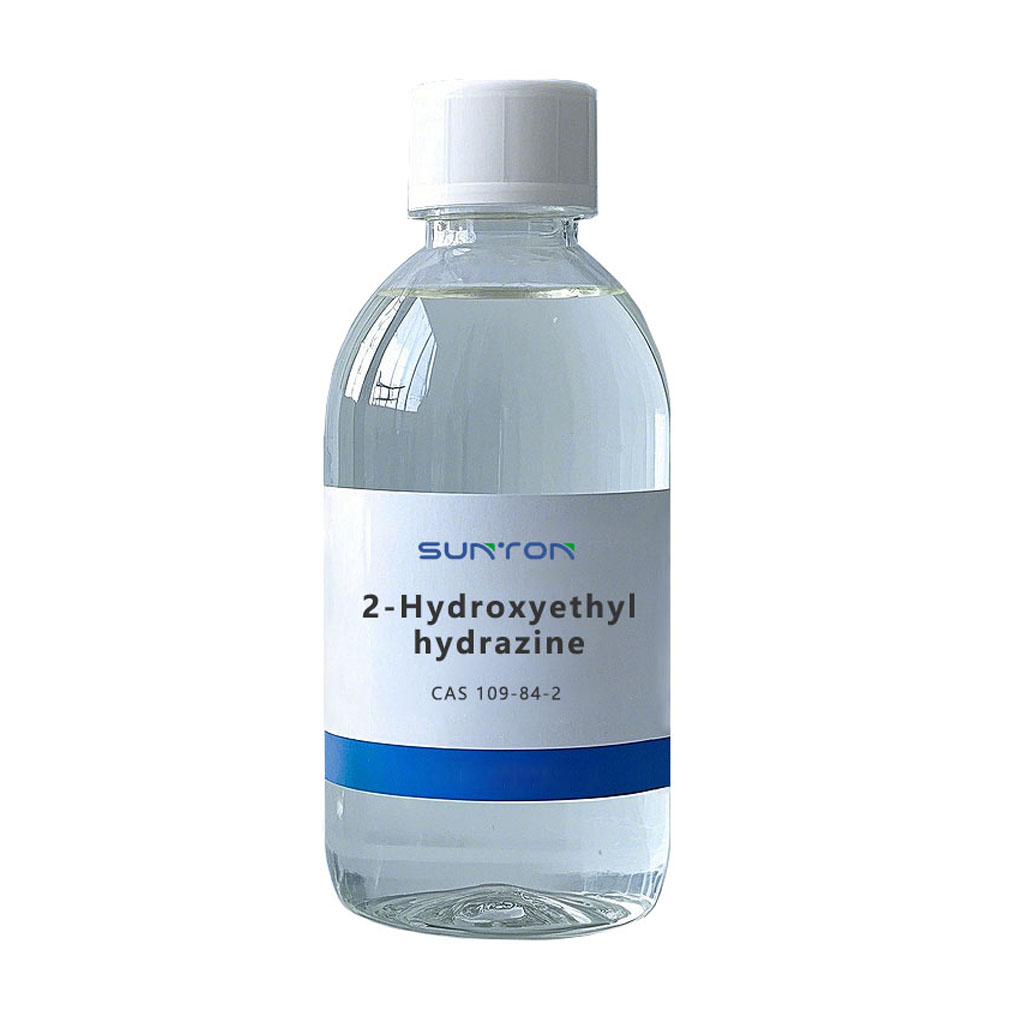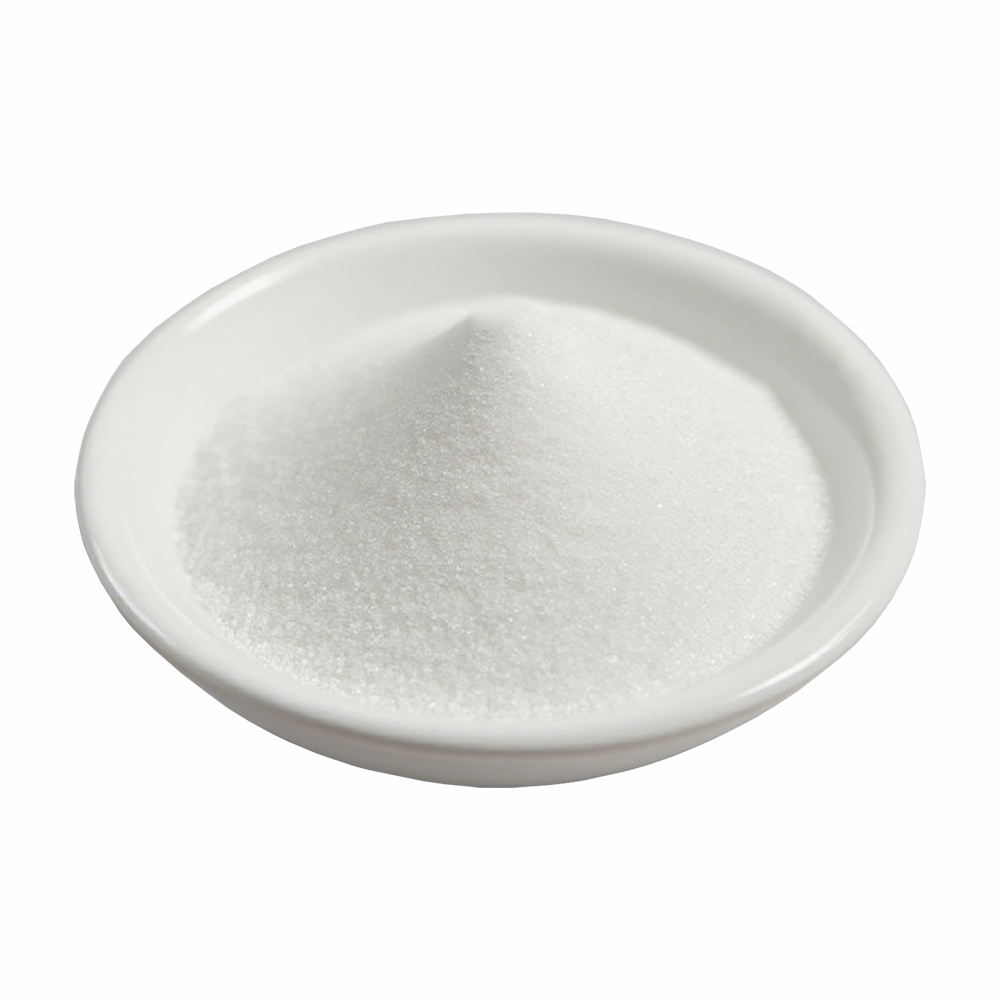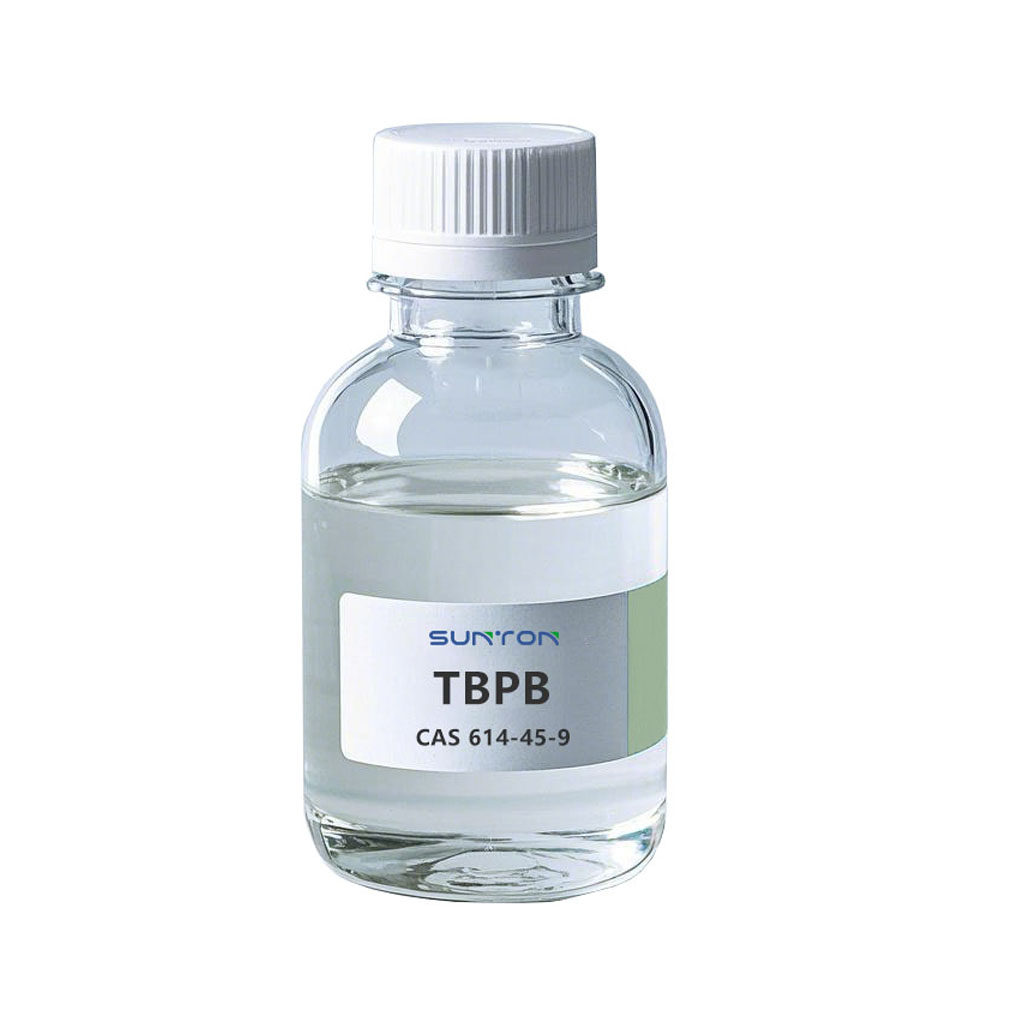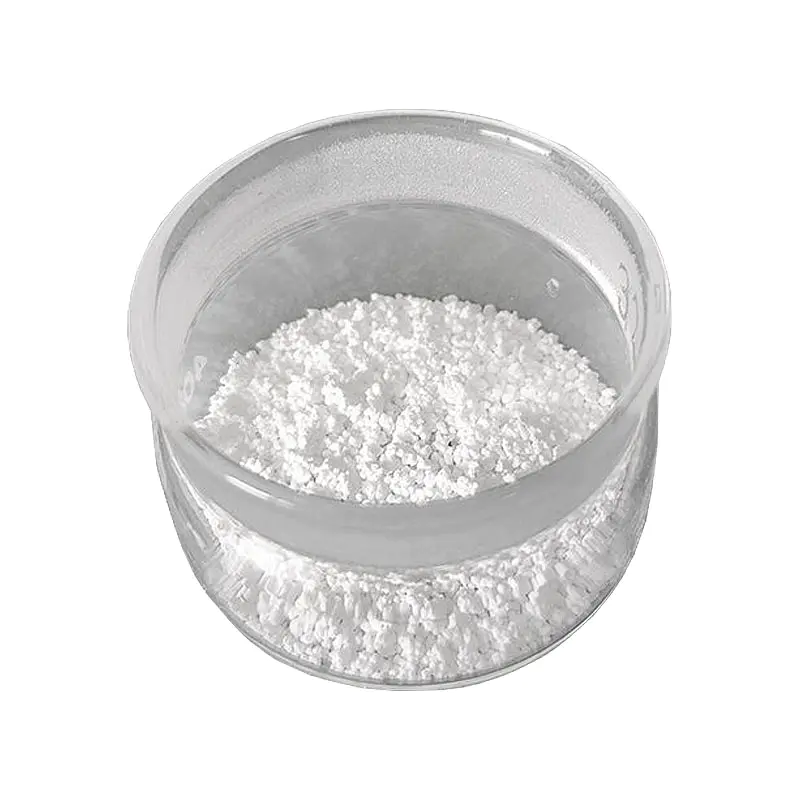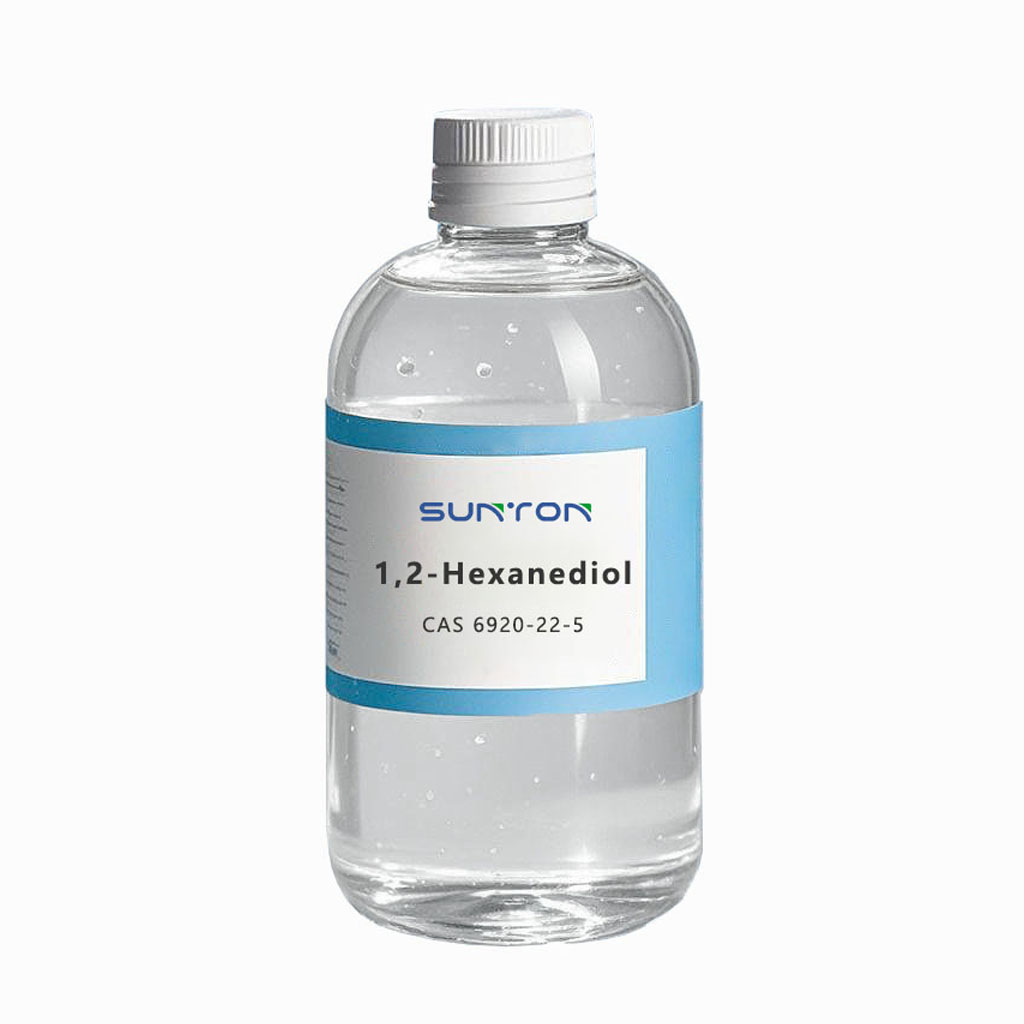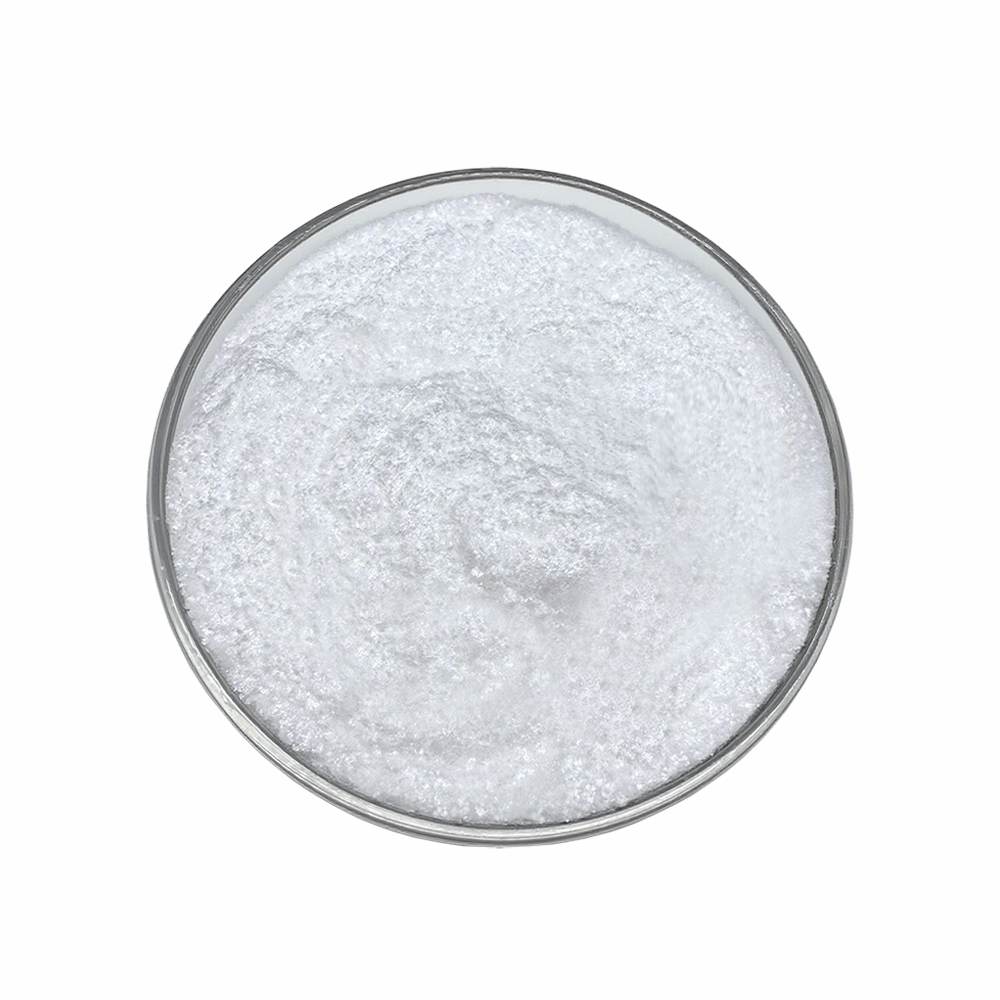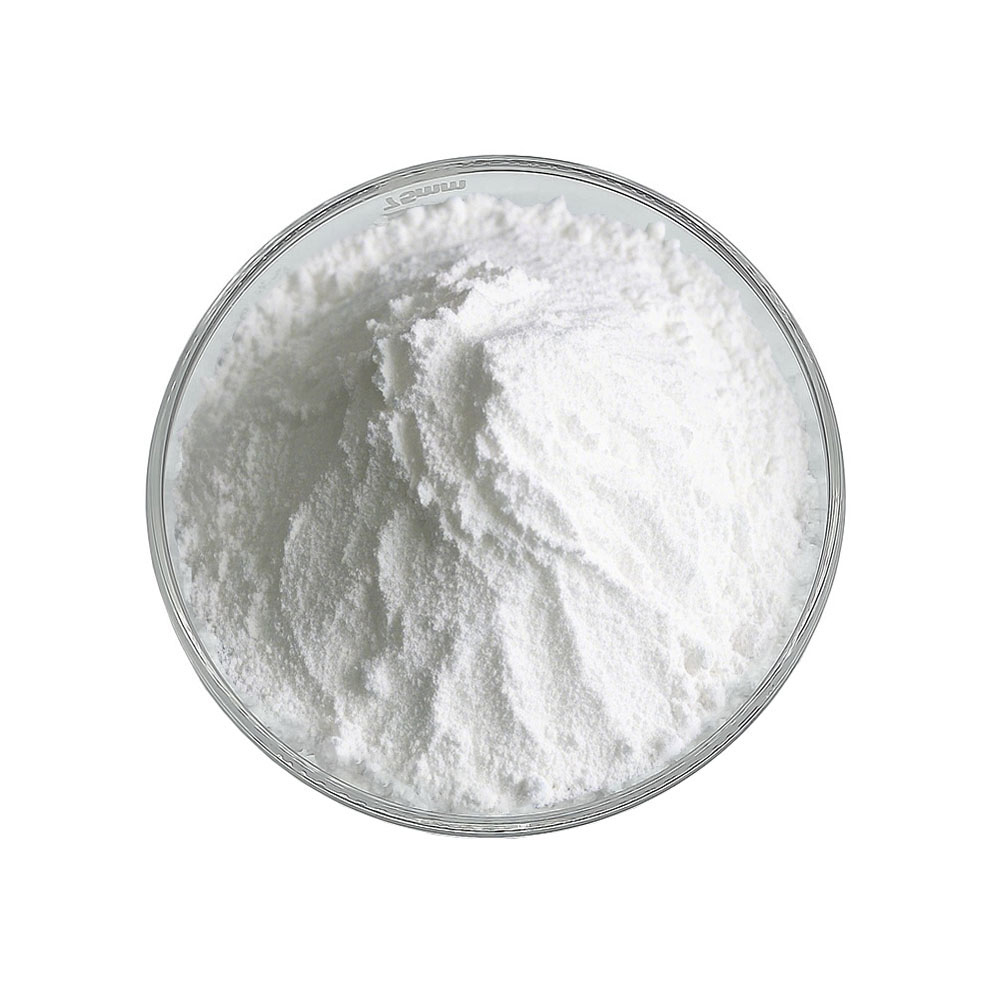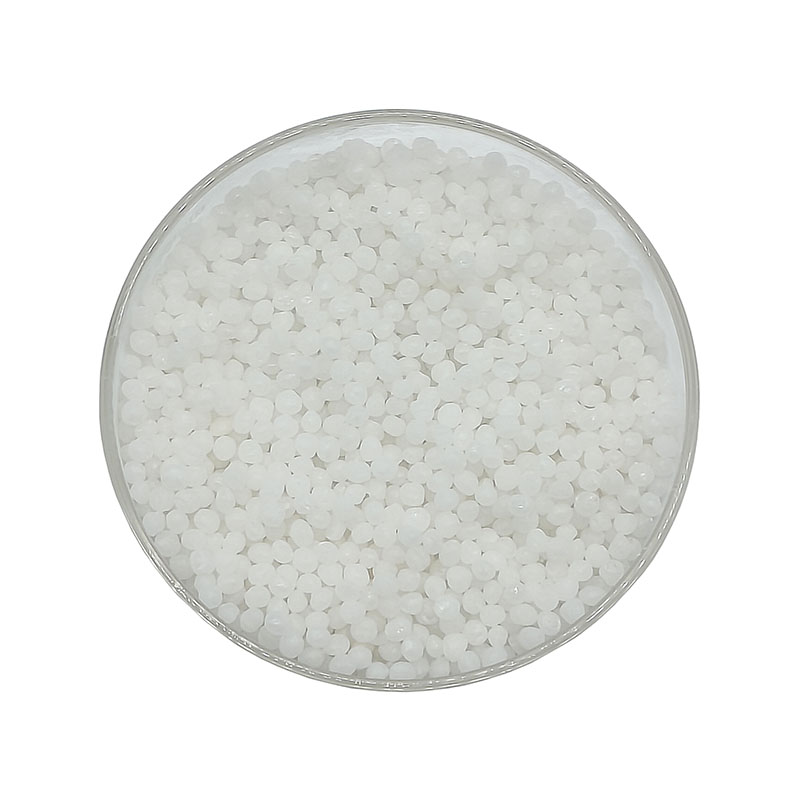Search By Posts
Product Category
Industry News
 By Admin
By Admin
Acethydrazide: "Reaction All-Rounder" In Organic Synthesis
The coordinated arrangement of carbonyl and hydrazine groups in the acethydrazide molecule constitutes the structural basis of its special chemical properties. As an electrophilic center with low electron cloud density, the carbonyl group forms a dynamic balance of electronic effects with the hydrazine group with lone pair electrons. This structure not only enables acethydrazide to have the ability of nucleophilic addition and electrophilic substitution, but also gives it unique redox activity. Under the regulation of intramolecular electronic effects, the hydrazine nitrogen atom of acethydrazide presents a suitable electron cloud density, which enables it to participate in the reduction process as an electron donor in the redox reaction, and to accept electrons under specific conditions, showing oxidation reaction activity, thereby providing rich reaction paths for organic synthesis.
Precise reduction reaction under mild conditions
The reducibility of acethydrazide shows significant advantages in organic synthesis. It can achieve precise reduction of various functional groups under mild reaction conditions. When faced with compounds containing carbonyl groups, the hydrazine nitrogen atom of acethydrazide attacks the carbonyl carbon atom in a nucleophilic manner, and after a series of intramolecular rearrangements and proton transfer processes, the carbonyl is reduced to a hydroxyl or methylene structure. This reduction reaction does not require a harsh high temperature and high pressure environment, nor does it require the use of expensive and dangerous metal reducing agents, greatly reducing the requirements for reaction conditions. In the total synthesis of complex natural products, facing the coexistence of multiple sensitive functional groups in the molecule, acethydrazide can selectively reduce the target carbonyl group, avoid side reactions of other functional groups, and achieve precise construction of complex molecular structures, providing an efficient and controllable reduction strategy for the field of synthetic chemistry.
Redox properties expand synthetic routes
The redox properties of acethydrazide are not only reflected in reduction reactions, but its potential application in oxidation reactions also brings new ideas to organic synthesis. In a specific oxidation system, the hydrazine group of acethydrazide can participate in oxidation reactions as an electron acceptor to generate highly active intermediates. These intermediates can react with a variety of nucleophilic reagents to construct special structural units that are difficult to synthesize by conventional methods. In the reaction of constructing nitrogen-containing heterocycles, acethydrazide generates an imine intermediate through an oxidation reaction, and then undergoes a cyclization reaction with a nucleophilic reagent to efficiently synthesize nitrogen-containing heterocyclic compounds with biological activity. This reaction pathway based on redox properties breaks the limitations of traditional organic synthesis and opens up new avenues for the design and synthesis of new molecular structures.
Multi-properties synergistically promote innovation in synthetic strategies
Acethydrazide combines nucleophilic, electrophilic and redox properties. This "all-rounder" attribute enables it to show a strong synergistic effect in organic synthesis. In the synthesis process of complex molecules, acethydrazide can flexibly switch between different reaction types according to reaction requirements. When constructing drug molecules with multiple functional groups, the nucleophilicity of acethydrazide used to react with aldehyde compounds to generate hydrazone intermediates, and then the specific functional groups are modified through its reduction properties. Finally, the intramolecular cyclization is achieved with the help of oxidation reactions to complete the synthesis of the target molecule. This multi-characteristic synergistic synthesis strategy reduces reaction steps, improves atom economy, avoids cumbersome functional group protection and deprotection processes, significantly improves synthesis efficiency and flexibility of molecular design, and injects new impetus into the development of organic synthetic chemistry.


 English
English 中文简体
中文简体
